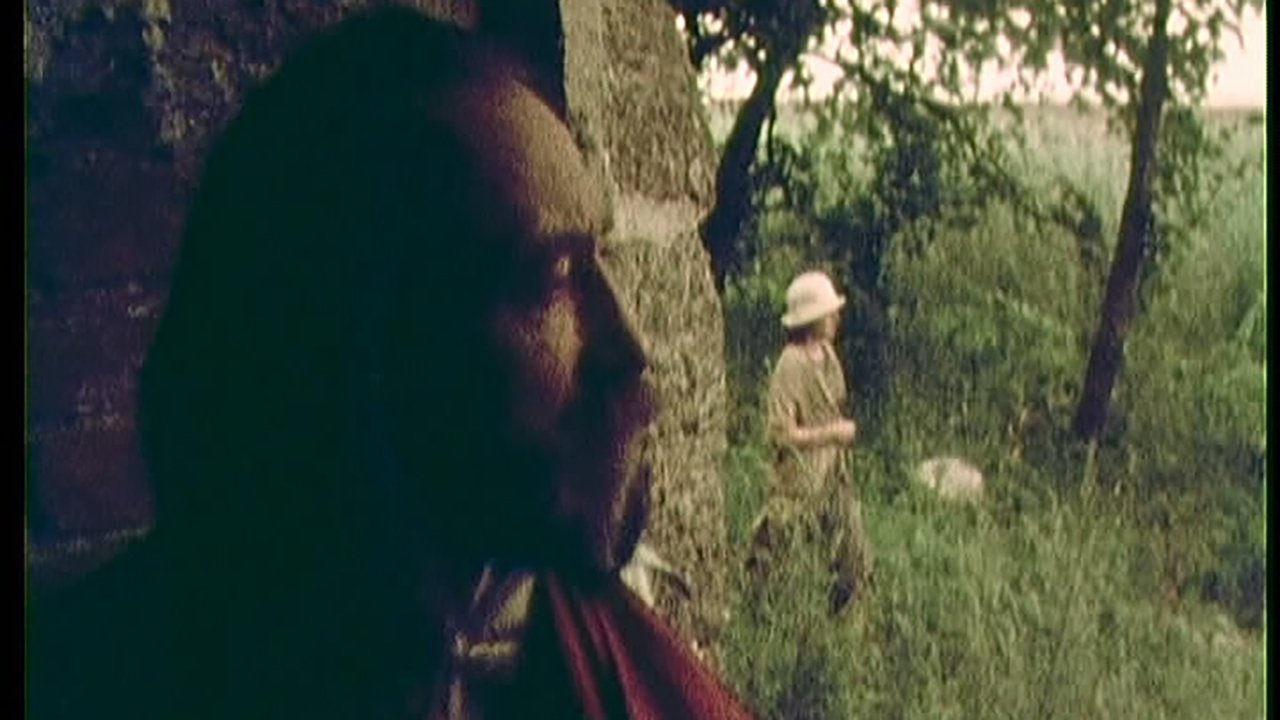
The Birth of Music (2010)
The film is an allegory in which the attempt is made to show the inner process of movement of the composer's soul at the time of the birth of music.

The film is an allegory in which the attempt is made to show the inner process of movement of the composer's soul at the time of the birth of music.
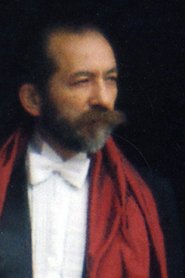 Sergey OskolkovМаэстро
Sergey OskolkovМаэстро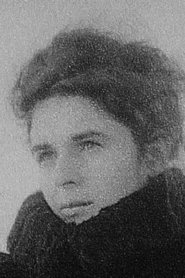 Lyudmila KonyaevaОна
Lyudmila KonyaevaОнаMid-summer heatwave. Nikos and Alain, two male prostitutes and a female pimp, Monica, get tangled in a peculiar relationship after meeting in a dark street called POUTANA. They fall in love, play with guns and talk about card games, money and theatre castings. Is this a game of role playing the three of them have invented to pass their time in a remote, empty summer house? Have they been reading Jean Genet? Whether a mirror image of the characters’ reality or an elliptic depiction of their distorted, dream-like perception of it, I Afroditi Stin Avli, by juxtaposing disparate literary and art references, leads its isolated characters towards dissolution. And yet, in its strange language, it presents this dissolution as a triumph.
A Polish folktale set in the Middle Ages, tells the story of a man, whose eyes, or the gaze of them, brings upon death.
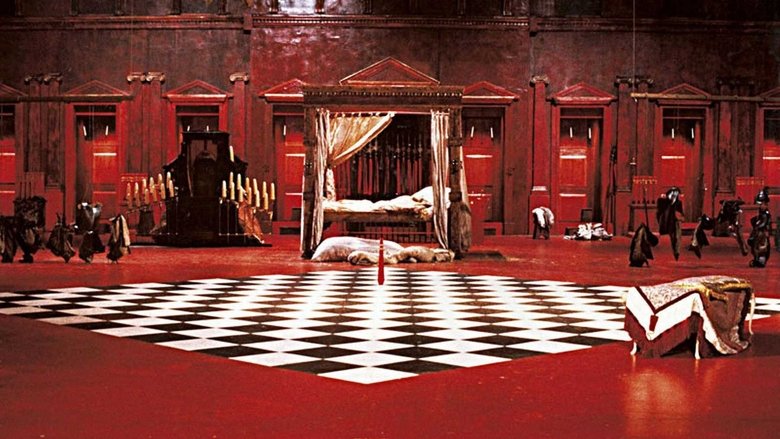
Set halfway through the 17th century, a church play is performed for the benefit of the young aristocrat Cosimo. In the play, a grotesque old woman gives birth to a beautiful baby boy. The child's older sister is quick to exploit the situation, selling blessings from the baby, and even claiming she's the true mother by virgin birth. However, when she attempts to seduce the bishop's son, the Church exacts a terrible revenge.
Coming out of an accident with amnesia, Sophie Bauer tries to reshape herself in the eyes of those who knew her best.
A slow-burning prairie grotesque. On the grounds of a rural sanitarium, three young women search for wellness, as a cult leader seeks to control their bodies through labor and daily rituals.
Bass takes over the upstairs Kanter-McCormick Gallery at the Art Center, expanding the territory of her gothic world in a new work The Latest Sun is Sinking Fast, an immersive, multi-channel installation incorporating 16mm film/video, sound, architecture, and featuring performances by Sarah Stambaugh, Bryan Saner, and Matthew Goulish. The solo exhibition features a spatial narrative installation that delves, through movement, texture, sound, and gesture, into the psychology of a recurring figure in Bass' previous films; while also introducing two new characters, blending the past into the present. Bass has designed the installation by altering the gallery, leading the viewer through a evocative memory of place, embedding us in a timeless society of lost souls in a haunted landscape. -Allison Peters Quinn, Exhibition Director, Hyde Park Art Center
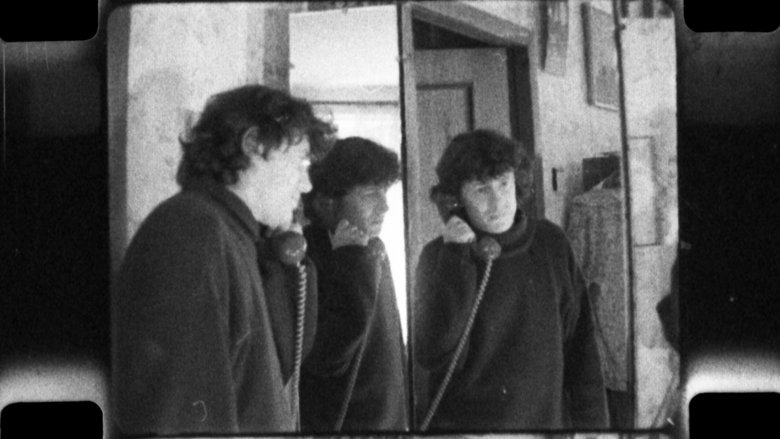
To the idly meditating musician received a call from his distant friend with a proposal to write a song about the untimely departed Lady Diana.

A successful mod photographer in London whose world is bounded by fashion, pop music, marijuana, and easy sex, feels his life is boring and despairing. But in the course of a single day he unknowingly captures a death on film.
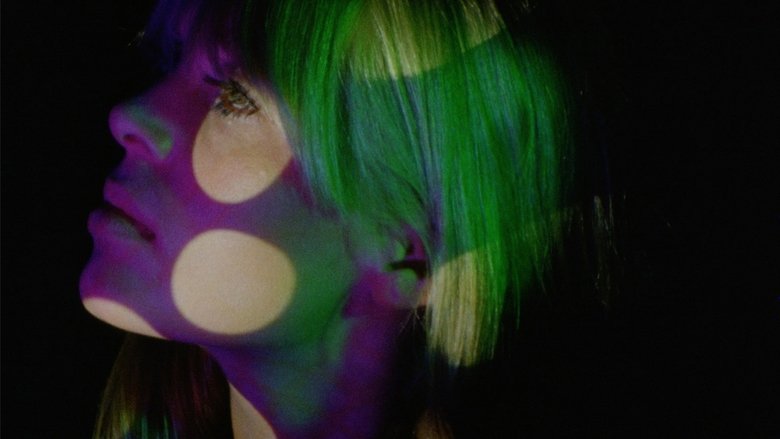
Lacking a formal narrative, Warhol's mammoth film follows various residents of the Chelsea Hotel in 1966 New York City. The film was intended to be screened via dual projector set-up.
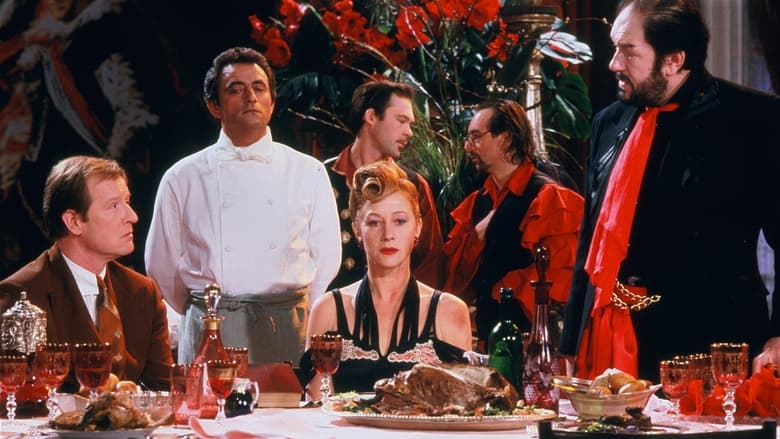
The wife of an abusive criminal finds solace in the arms of a kind regular guest in her husband's restaurant.
Four high school friends hatch a plan for a farcical heist that sends them spiraling into a series of surreal events littered with clowns, fast food, and ‘rakenrol’, in an even more absurd nation of squalor and entertainment.
Experimental short film that explores the feelings of 17-year-old Li Xia who searches for purpose and intimacy while trapped in Diyu, or "hell" in Chinese mythology.
Kinkón (1971), a silent adaptation of Merian C. Cooper and Ernest B. Schoedsack’s 1933 classic, King Kong. Zulueta re-filmed a television broadcast of the original, and through creative subtraction and manipulation of camera speed, condensed the original’s feature length to an intensified seven minutes. The cathode-ray flicker and flattening that results from the re-filming defamiliarises the original, but its classical continuity mode of address continues to operate on the viewer, and the increase in velocity makes mesmerisingly urgent the dramatic plot of the original. —Senses of Cinema
A personal, subjective journey into the mind of Greta Thunberg, before realizing her calling as a climate activist. While struggling with mental health issues and bullying because of her Aspergers, she also grapples with the sense of impending doom due to the climate crisis. These same struggles and fears drive her to make change and become the person she is today.
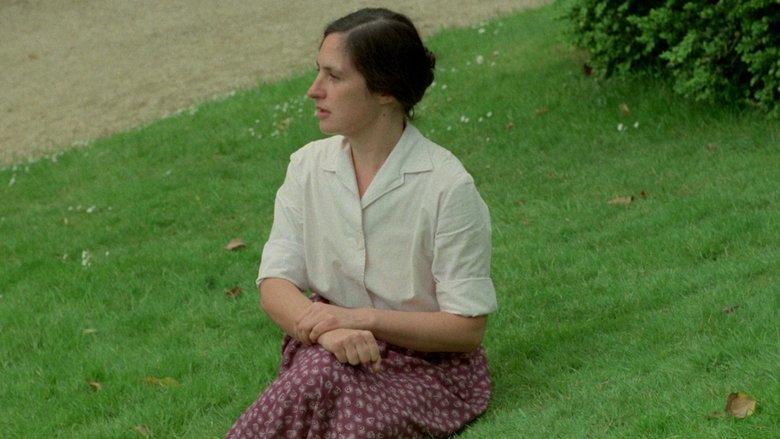
A tribute to Mallarmé that not only asserts the continuing relevance of his work but also confronts its literary ambiguities with political and cinematic ambiguities of its own. In outline, the film could not be more straightforward: it offers a recitation of one of Mallarmé’s most celebrated and complex poems (it was his last published work in his own lifetime, appearing in 1897, a year before his death) and proposes a cinematic equivalent for the author’s original experiment with typography and layout by assigning the words to nine different speakers, separating each speaker from the other as she or he speaks, and using slight pauses to correspond with white spaces on the original page.
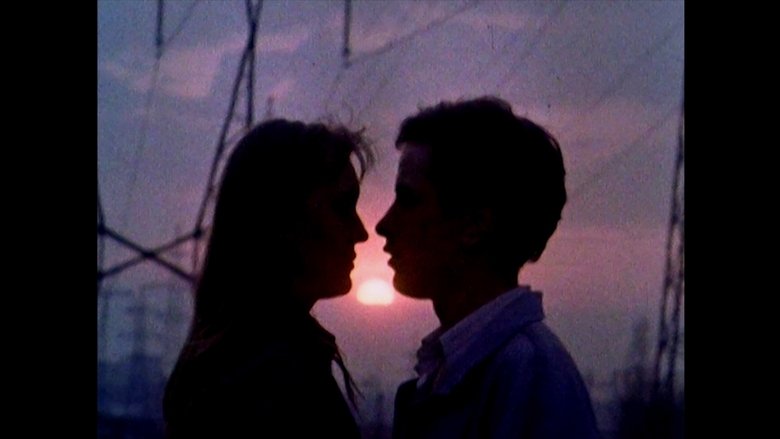
The plot begins with them and ends with humanity. This author wanted to show continuity: the first love and the supposed last is an indivisible whole of one eternal Love.
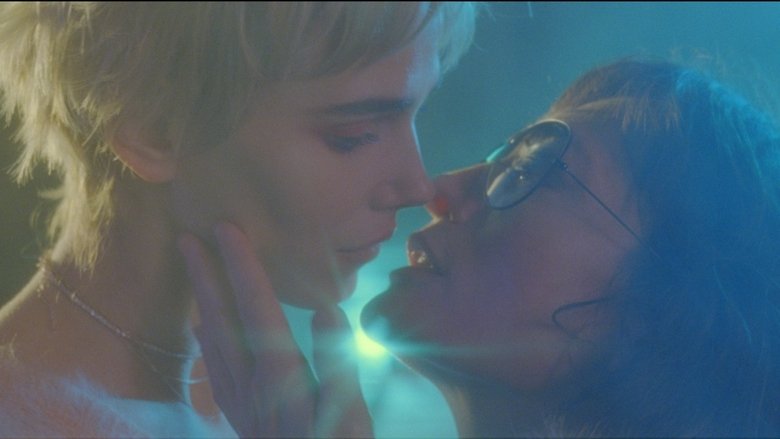
An abandoned seaside resort. The shooting for a fantasy film about the end of an era wraps up. Two women, both members of the film crew, one an actrice, the other a director, Apocalypse and Joy, are on the verge of concluding their love affair.
This programme tells the story behind the conception, recording and release of this groundbreaking album. By use of interviews, musical demonstration, performance, archive footage and returning to the multi tracks with Ahmet Zappa and Joe Travers we discover how Frank Zappa and The Mothers of Invention created the album with the help of legendary African- American producer Tom Wilson.
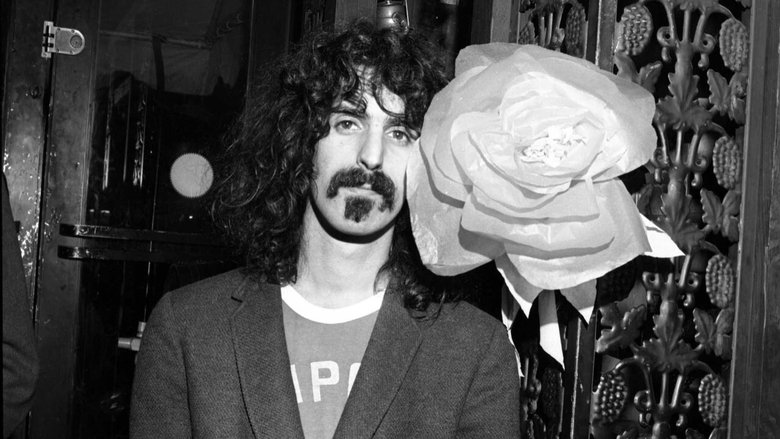
Utilizing potent TV interviews and many forgotten performances from his 30-year career, we are immersed into Frank Zappa’s world while experiencing two distinct facets of his complex character. At once Zappa was both a charismatic composer who reveled in the joy of performing and, in the next moment, a fiercely intelligent and brutally honest interviewee whose convictions only got stronger as his career ascended.
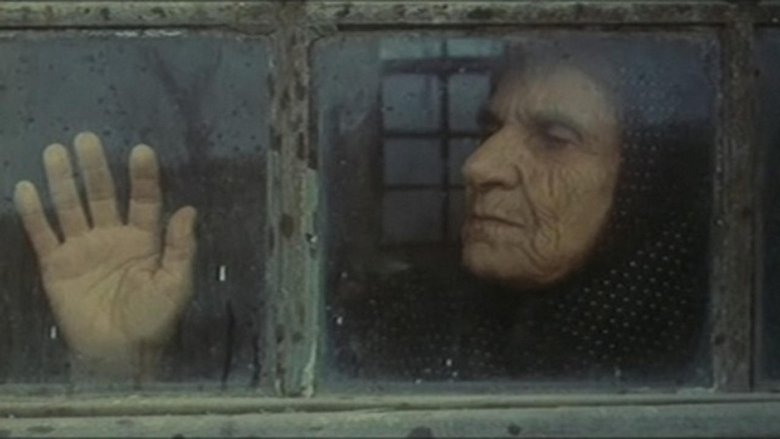
A railway crossing guard and his wife live in a routine of total isolation and uneventfulness.